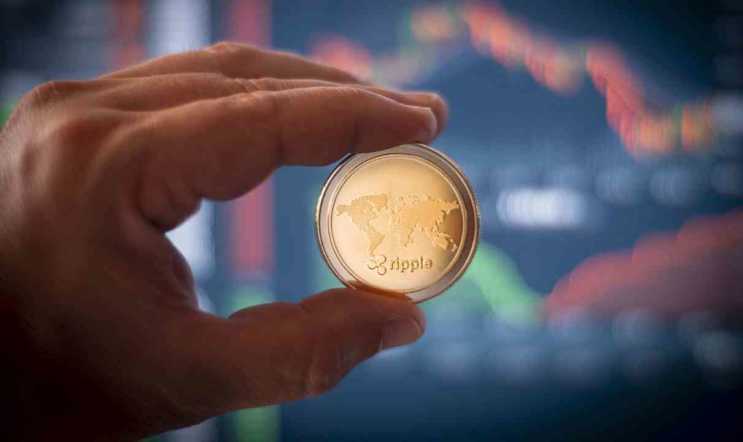Some have and still call Ripple (XRP) a scam. Using XRP as a PR and marketing stunt to finance the other division, Ripple Labs. However, after this month’s revelation’s, many are excited by ripple’s practical use case, which has seen it now proven to work with many of the world’s biggest banks and financial service companies to bring cryptocurrency’s speed and efficiency to the outdated and tired financial systems.

An overview
Ripple has one key mission – to integrate its technology with large payment providers and banks. A top-ten U.S. bank, PNC, announced last week it would use the company’s blockchain solution, xCurrent for its customers’ international payments.
A quick disclaimer is that it is important to keep in mind is that the bank isn’t using the technology yet hence there is no clear evidence that the technology would in fact work. Ripple’s chief cryptographer raised some concerns about the xCurrent back in June; namely the issues around low scalability and privacy. That said, traders and investors have bought in (literally) heavily to the hype, positive news and progression in the technology and usage from big named heavyweights in Ripple’s targeted customer base.
Announcement no. 1
Investors and cryptocurrency observers were encouraged by the news that the company could be launching its payment platform xRapid next month. This is a platform in simple terms, enables real-time settlement of payments and it is built for commercial use. This particular platform is backed by the XRP tokens, hence the rapid rise of XRP when associated announcements are made. Several big names have trialled the tech and the systems but none had committed. However, insiders on both sides claim there isn’t any major negative feedback about their pilot program either. This makes the hype of the company launching their platform more intriguing.
If Ripple launches its xRapid platform next month and it becomes a success, the sky is the only limit for XRP. Anticipation and rumours are bubbling away in the cryptocurrency market and in these circles, this is half the battle before another mini-boom occurs.
The growth of Ripple has been astonishing over the last week. The cryptocurrency made a low of $0.25 on September 12th and it spiked to $0.77 on September 23rd. That is a whopping 205% gain, almost signs of the late 2017 days
At the time of writing this article, the price of Ripple has cooled to $0.48 but it had made an average of 126% in 8days just a matter of hours before. The surge made Ripple the 2nd largest crypto by market cap once again. At the time of writing, Ethereum was trading at $232, which is up nearly 46% from its recent low of $167 formed on September 12th.
Announcement no. 2

And finally, Ripple had a second wind with another price surge after it was revealed content creators on some of the internet’s biggest platforms will be able to accept payments, or even tips in XRP tokens directly through a company called Coil, which was founded this year by a former Ripple Labs executive.
Video streaming site YouTube, along with the gaming-focused streaming service Twitch, and Wikipedia, are the three biggest companies involved with Coil which will allow content creators on those sites to receive ripple tips through Coil’s browser extension app. An incredible leap forward in adoption for the usage of XRP.
Ripple Lab’s former chief technology officer Stefan Thomas who in fact launched Coil, promised to help save the internet from ads.
“For decades, people have discussed the potential of micropayments to support content creators that would move us away from the broken ad-supported web,” Thomas commented via a Medium post.
“Others have created subscription services that bundle content. But micropayments and subscriptions have always been built as closed systems, which fail to capture the huge variety of content on the web.”
Coil isn’t the first to be trying this. It would appear the now-defunct Changetip, a tipping app that was popular across many of the internet’s social media sites before it closed in late 2016 after burning through $3.5 million in funding, was first to pioneer this concept.
Coil does have competition. The web browser, Brave offers similar services to its four million users via its BAT tokens. They do have further utility and USPs by having increased internet privacy and an ad-blocking.